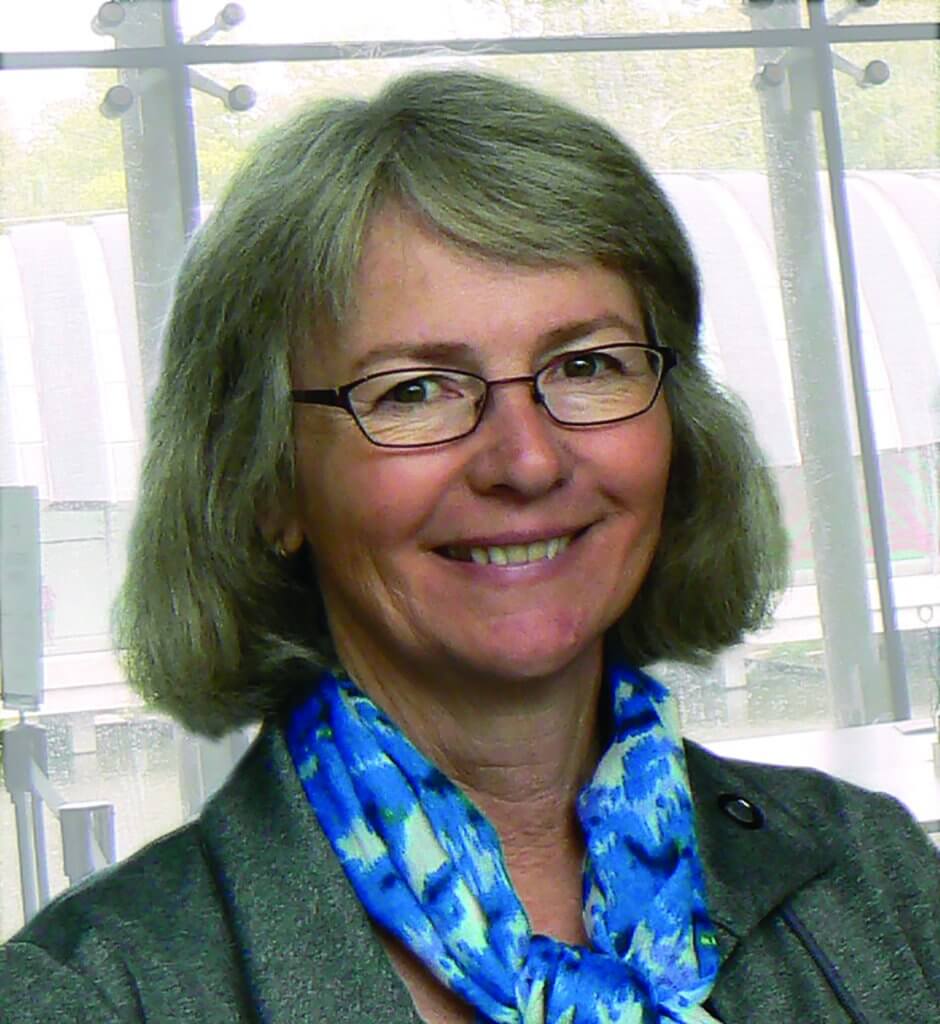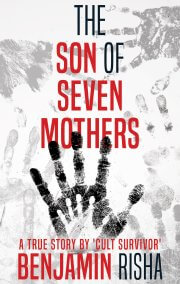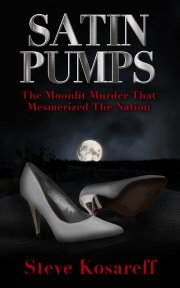I am a fifth generation Kansan on my mother’s side and have spent the majority of my life tending the soil and livestock. During just my lifetime the number of small family farmer/ranchers has dwindled to just over 1% of the US population from an average of 25-30% in the 1940’s.
As the daughter of an Air Force Lt. Col, I was not born on a farm. My mother had inherited the family land from her grandfather, but it was managed by a local farmer. Each summer we traveled from the military base in Norfolk, VA to Atwood, KS to spend time with my grandmother. I clearly recall the day my young soul awoke as I crawled between the rows of ripening wheat and breathed the living earth.
In 1975 I married another multi-generation Kansan. He had grown up on his family’s farm. Of his many siblings he was the only one to feel the tie that a true farmer feels and he wanted nothing more than to dedicate his life to growing crops and raising cattle. We started life together on a 1500 acre isolated ranch along the state line of Kansas and Nebraska at the ages of 18 and 21, nearly half a million dollars in debt to the Farmers’ Home Administration and local banks. We hit the farm crisis of the 80’s head on, losing everything after eight years of trying our hardest.
I began writing in earnest during that time, publishing a short story in a ranching magazine about being stranded in the middle of a torrential storm on the way home from working at a dairy for vital income. Seeing my work in print was a true joy.
Shortly after losing our farm I had our second daughter. She was born without health insurance and thus we had another debt owed to our local hospital. In a creative effort to pay off that bill I began writing and publishing a newsletter for the hospital. That led to a new path, becoming a Registered Nurse through the hospital’s scholarship program. Writing grants played an important part in that process.
The last years of my nursing career were spent as a school nurse. Once again, I wrote several grants for children’s programs related to health, nutrition, and anti-bullying programs. Turning words into action continued to impact my life.
Other changes came about and in 2003 we purchased the 1907 Shirley Opera House in Atwood. We’d started over on another small farm, developing a hunting lodge business and converting to organic wheat. All of these ventures required writing skills to apply for grants.
In 2014 I had the honor of having an article published in Hobby Farms magazine on the subject of heritage Red Wattle pigs. While my husband worked for the local paper as a photographer and printer’s devil, I wrote local interest articles to accompany his pictures.
UNDER A FULL MOON: The Last Lynching in Kansas had its start while I worked on the application for the placement of the Opera House onto the Kansas and National Registers of Historic Places. Working on the story between other life events, the manuscript took nearly sixteen years to complete. As each piece of information was processed the story line became more complex and darker.
Concurrent with the completion of UNDER A FULL MOON I worked on a self-published instruction manual called GROW TOPLESS: A Modified High Tunnel Design for Headache Free Extended-Season Gardening which is available on Amazon as both an e-book and a paperback. This system for a protected space for growing food is ideally suited to the extreme conditions of the high plains. I continue to be passionate about tending the soil, crops, and livestock.
On a side note, as both of my parents, my grandmother, and my older sister are each published authors, serious writing is a genetic right. The sound of a clacking Underwood typewriter was as present as the strains of classical music throughout my childhood. The next generation continues the legacy as our oldest daughter is a free-lance copy editor and Director of the Atwood Public Library. She has written several grants to supplement the small town library’s services.






 Join our email list
Join our email list
Alice Kay Hill – I just finished reading your book, Under A Full Moon, and very much enjoyed it. My mother is Antoinette (Vap) Mazour, the only daughter of Frank and Julia Vap who farmed north of Atwood, and she was 8 years old at the time of this lynching incident. She is related to the Horinek family who also farmed in this area. There were two Rudy Horineks – a father and a son who were both adults in 1932. I went to McDonald Grade School with Sharon Binning who lived with her family on the former Lyman Ranch where this hanging took place. My parents farmed near St. John’s Catholic Church in northwest Rawlins County near the Kansas – Nebraska border. In 2015 my wife and I had dinner with a Cahoj family in the Shirley Opera House. I first learned of the Richard Read lynching incident from the Rawlins County History Books. Somehow this story escaped me growing up in Rawlins County. My mother and her family members never mentioned that a man had lost his life at the end of a rope in our farming community. I do have a few questions that I would like to ask you about this story, Thank you.
Hello Jim, I would be happy to answer your questions and am pleased you enjoyed the book. You have certainly had many connections to the places and names in the account! If you want to message me on my author’s facebook page here is that link
https://www.facebook.com/realhistorynow/?modal=admin_todo_tour
Thank you for reaching out!
Alice